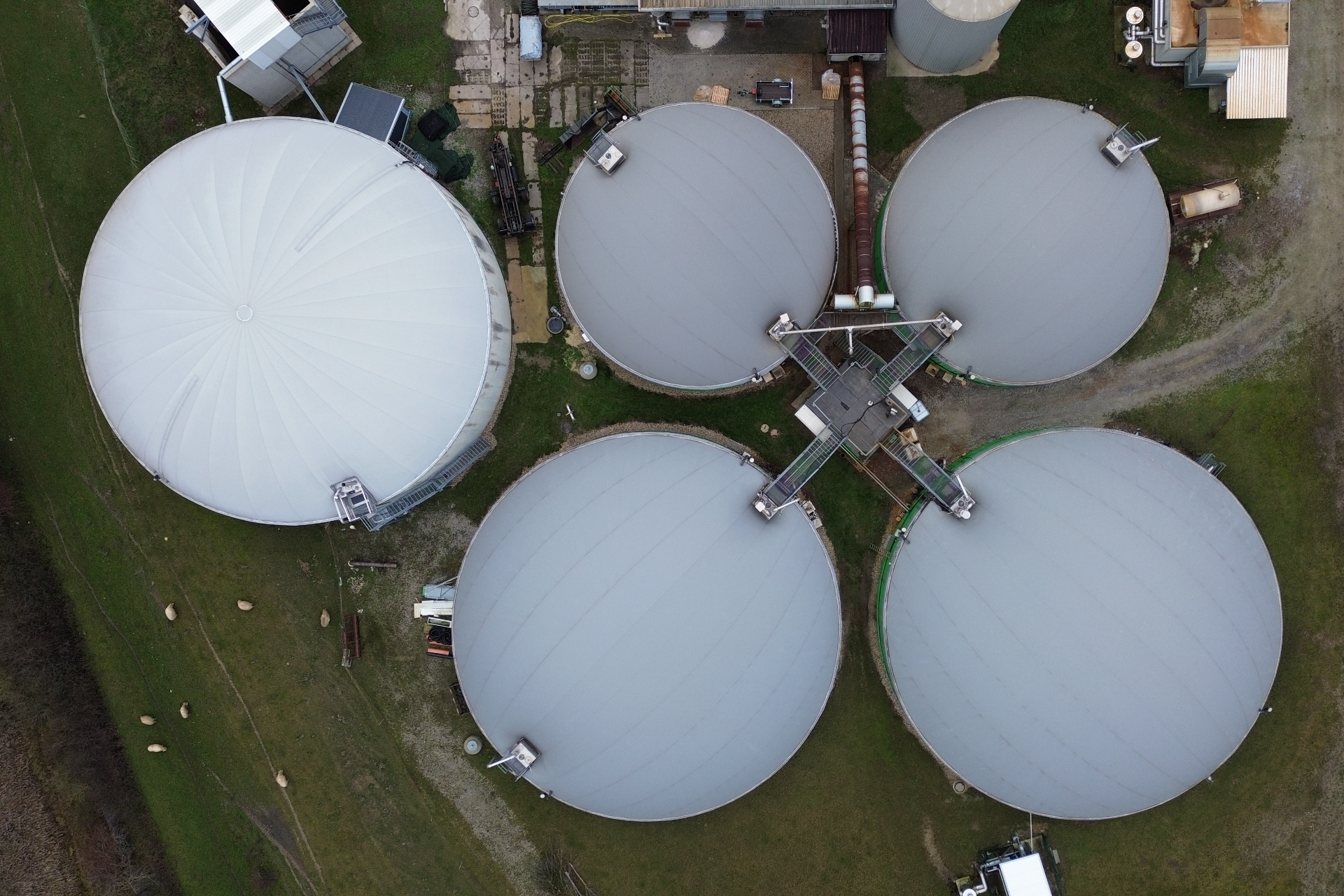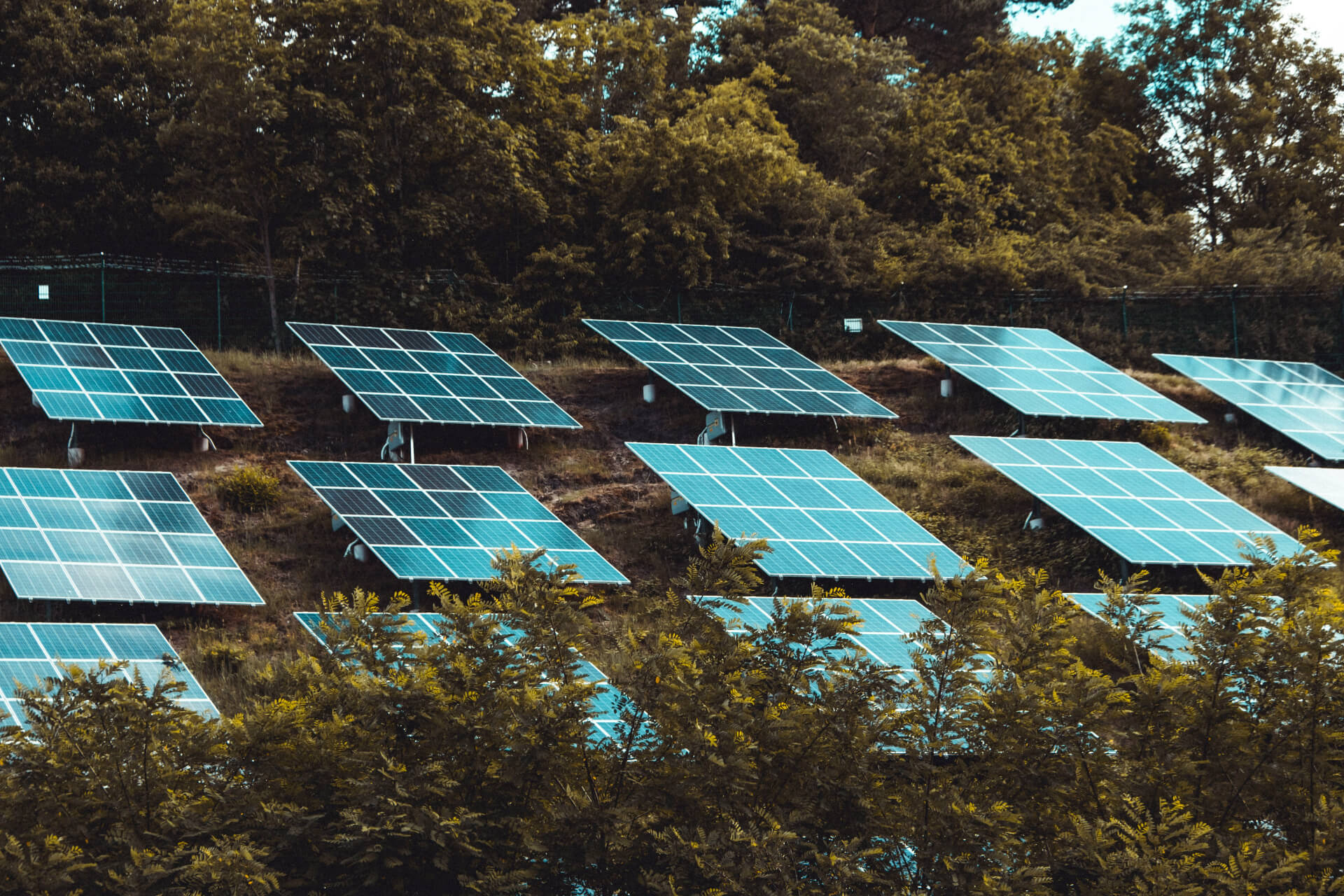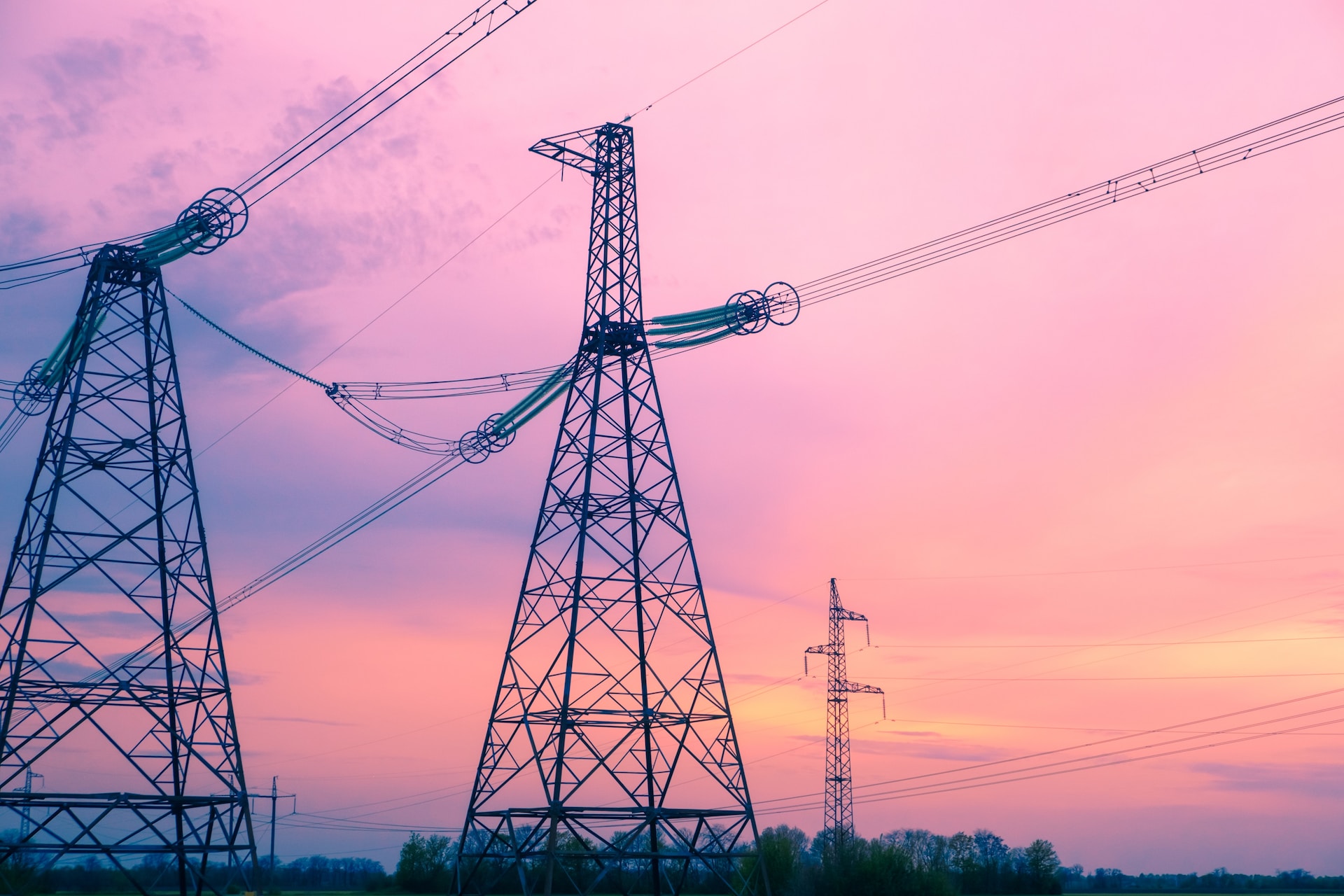
Biogas Production Methods, Explained
November 29, 2023 - Ellie Gabel
Revolutionized is reader-supported. When you buy through links on our site, we may earn an affiliate commision. Learn more here.
As circular economic practices wash over the energy industry, waste-to-energy models are becoming increasingly popular. Environmental advocates want cleaner power while holding companies accountable for not letting any of the resources they create go by the wayside. Biogas production methods may be one of the many eco-friendly models to achieve this. So, what is biogas, and how does it work?
What Is Biogas?
Biogas is one of the natural byproducts of decaying organic matter, along with liquid and solid digestates. It happens because of anaerobic digestion, which relies on no-oxygen environments and hungry bacteria. Plants and animals break down over time because of the synergetic combo, which energy companies can capture for heat and power.
Landfills are laden with food, making biogas the perfect green solution for reducing their heft. Consider how the 23% increase in American holiday waste could power tens of thousands of homes with lost biogas potential.
Biogas is a plentiful and basically infinite renewable resource resulting from a naturally occurring process, so it makes sense for companies to leverage it. However, it is not as if electricity providers have biogas-capturing machinery in forests and animal habitats where processes are happening organically.
Therefore, they must engineer environments that sustainably produce biogas for capturing methane and carbon dioxide. For example, biogas producers should not overfarm or exploit agriculture for biogas materials. Additionally, they must consider how to protect local communities from biogas production byproducts that impact health. Luckily, industrial complexes can create the most suitable environments for AD for fuel and power creation.
Some confuse or use biogas and biomass interchangeably when biomass is a solid. Biomass is another form of green energy made from organic matter, but it is the raw material that may create biogas as a result.
What Are Biogas Feedstocks?
Biogas production methods rely on one or a variety of feedstocks. The feedstock refers to the organic material(s) the production process relies on to produce the biogas. Some examples of feedstocks include:
- Animal manure
- Food scraps and waste
- Wastewater
- Other municipal solid waste
- Agricultural production
The beauty of biogas feedstocks is they can come from restaurants as food waste or water treatment plants as sludge. The vast and plentiful avenues make biogas production methods highly impactful on countless industries’ carbon footprints. It benefits more sectors than just the energy industry.
The feedstocks produce biogas and digestates, which determine where they fall in the waste management hierarchy. Ideally, power providers reuse byproducts, recycle or compost, or recover as energy. Organizations could dispose of byproducts as a last resort, but it is wasted potential. The digestates — solid production byproducts — are helpful for agriculture as fertilizer and even animal bedding.
What Are the Stages of Making Biogas?
Energy companies must create an environment for the biological process of biogas production to unfold. First, energy professionals must make a slurry from the feedstock they plan to use. Without this, processing becomes more challenging and bacteria cannot act correctly.
Then, the slurry goes into reactors called digesters. They are warm — perfect for microbes to flourish. These biogas production stages occur in a specific order:
- Hydrolysis: Bacteria create simple sugars from carbohydrates for other forms of bacteria to begin their process.
- Acidogenesis: The point when bacteria turn sugars into gases and acids.
- Acetogenesis: When the acetogenic bacteria take the acids from the previous phase and convert them to new acids, hydrogen and carbon dioxide.
- Methanogenesis: When methanogens convert everything from prior stages into biogas and digestate.
The process takes several weeks, depending on the conditions. Professionals gauge the efficiency of the digestor through a metric called biochemical oxygen demand. It quantifies the metabolic potential of the microbes, which helps companies continually curate the environment to foster the best results.
What Are Commercial Biogas Production Methods?
Now you know how digesters work and how microbes create biogas, you can learn more about the nitty-gritty details of commercial biogas. A company can only use the biogas after all stages are complete. Before employing it, companies purify it and eliminate carbon dioxide to make it compatible with pipeline infrastructure.
Once clean, biogas is transported for electricity or thermal applications. Biogas can also be processed into biomethane, which is helpful for gas or powering cars. Biomethane is also called renewable natural gas because it takes methane from biogas and upgrades it. However, biogas producers must advocate for curbing overall methane emissions to give biogas a positive reputation.
However, there are also landfill gas recovery systems and wastewater treatment plants that carry out their own variation of biogas production. Municipal solid waste authorities can use pipes, compressors and other capture technologies to produce biogas from landfill that is already there. Wastewater plants recover organic materials that are byproducts of wastewater treatment to put them into their own digesters.
The Benefits of Biogas in Numbers
Biogas is not the most prevalent form of energy creation yet, but it is already producing jaw-dropping, positive results for cleaning up the world’s energy problem. Here are just a few statistics about its impact so far, which implies how much more it could help the world as it expands and optimizes:
- Adding 13,500 biogas operations to the United States could add over 23,000 permanent green jobs, boosting economic growth.
- Using digestates as fertilizer improves crop yields by up to 30 percent.
- ADs eliminate more than 90% of human health pollutant risks.
- Over one million tons of American food waste get incinerated or go to landfills weekly, which could otherwise convert to energy for hundreds of thousands of vehicles.
It’s easy to see how biogas could improve economies, reduce waste and improve human health if the infrastructure facilitates the best-case scenario.
Biogas Production Methods for Decarbonizing Energy
Biogas production is a wonderful innovation for energy experts transitioning to green power. It is an ideal stepping stone for developmental stages. Fossil fuel companies may use their infrastructure and resources to create green fuel while phasing out environmentally harmful power sources.
This way, there is no disruption to power accessibility and corporations can scale while promoting the viability of eco-conscious energy sources.
Revolutionized is reader-supported. When you buy through links on our site, we may earn an affiliate commision. Learn more here.
Author
Ellie Gabel
Ellie Gabel is a science writer specializing in astronomy and environmental science and is the Associate Editor of Revolutionized. Ellie's love of science stems from reading Richard Dawkins books and her favorite science magazines as a child, where she fell in love with the experiments included in each edition.




